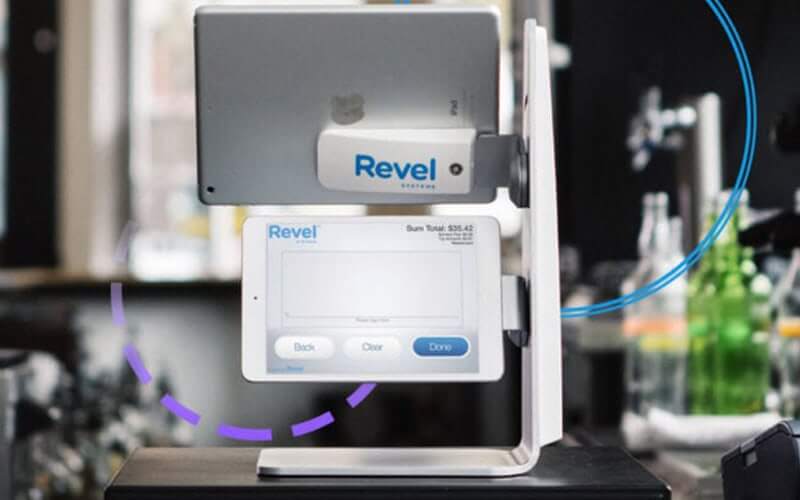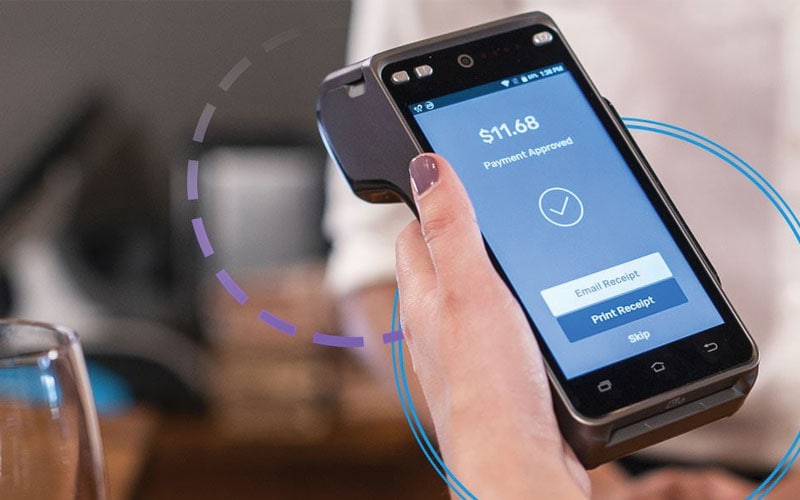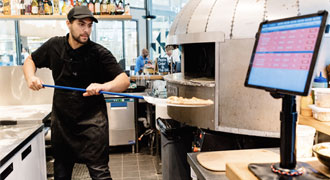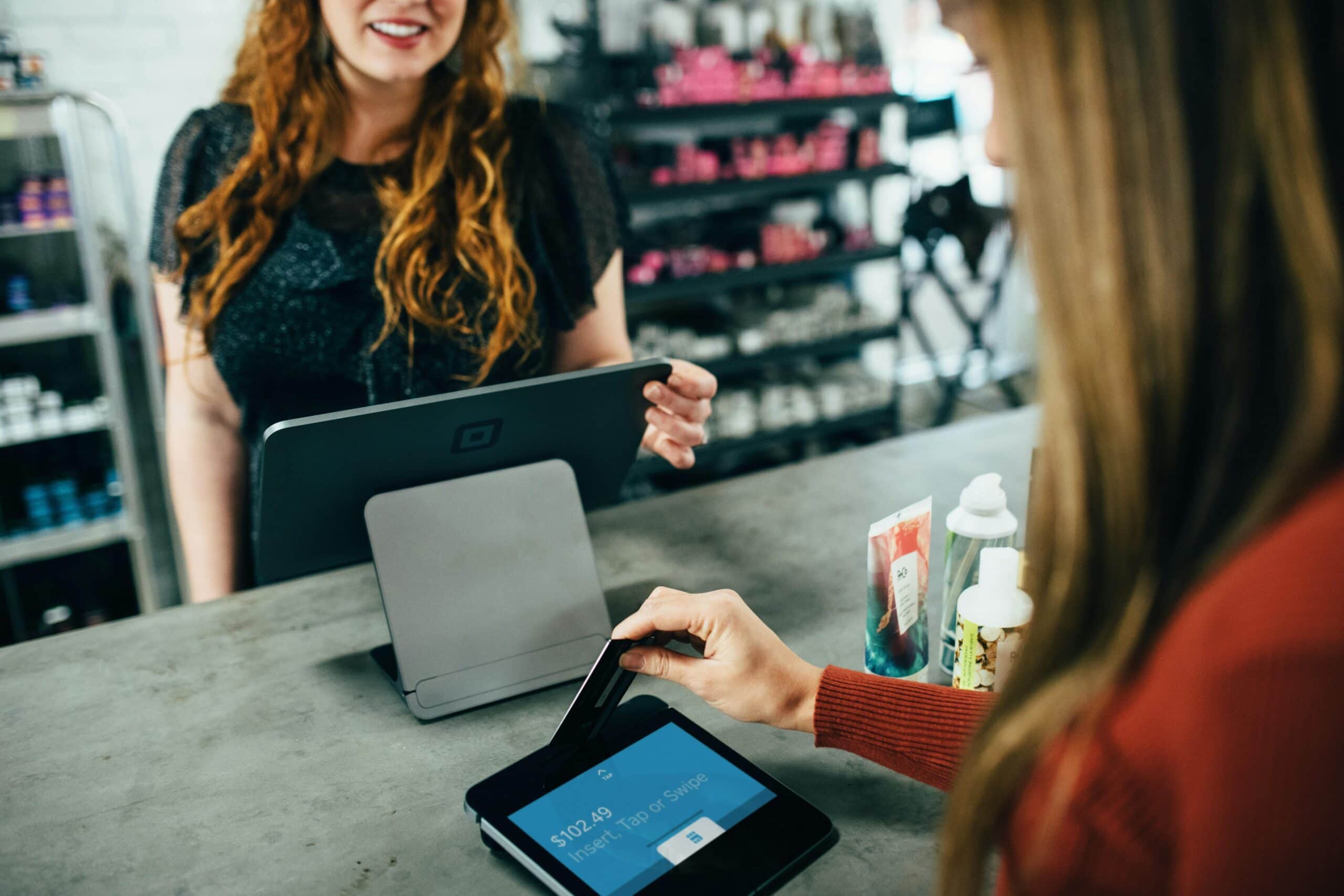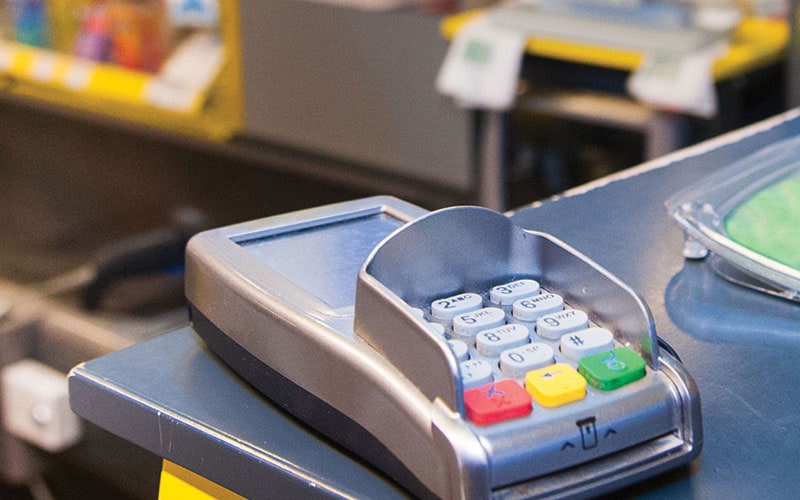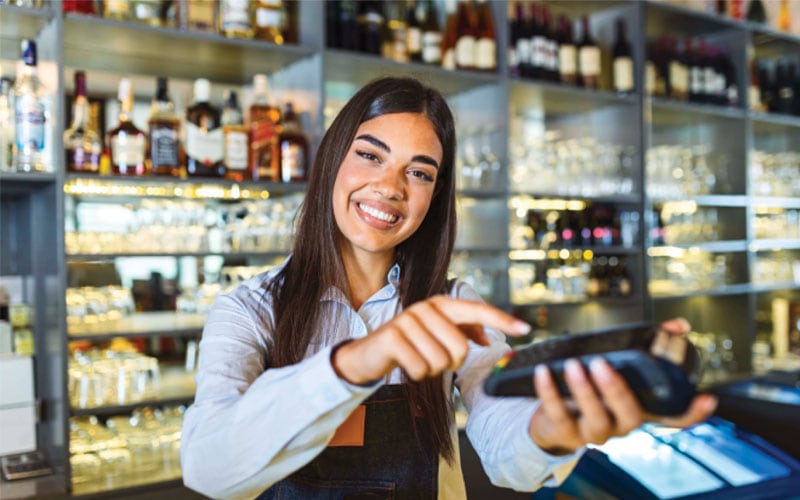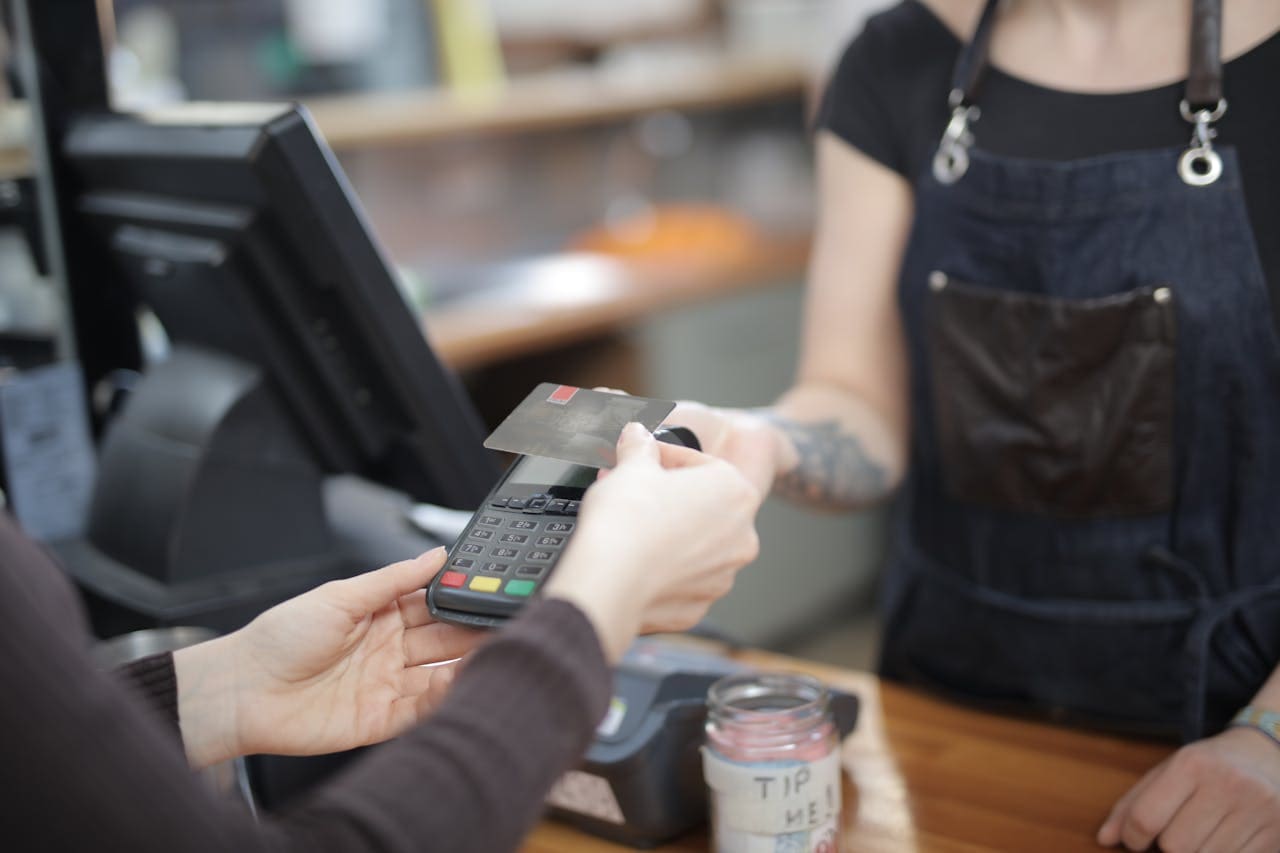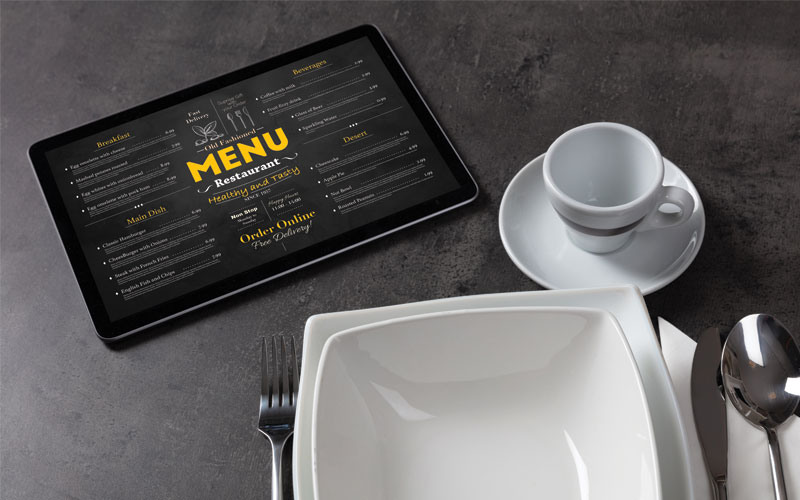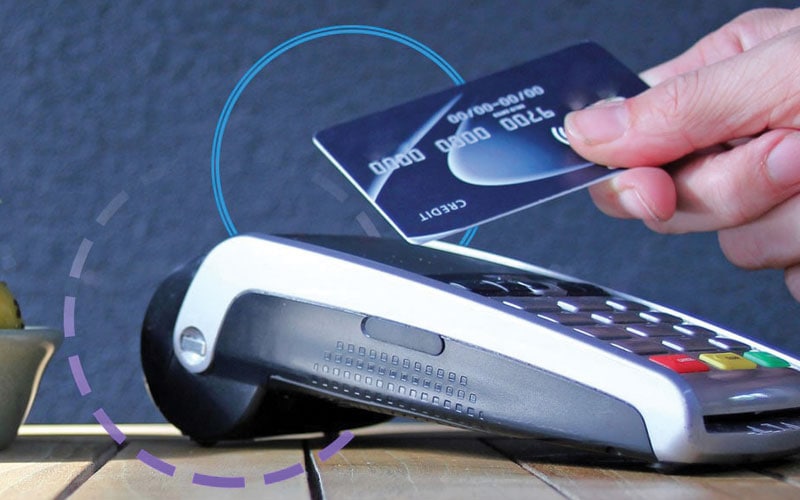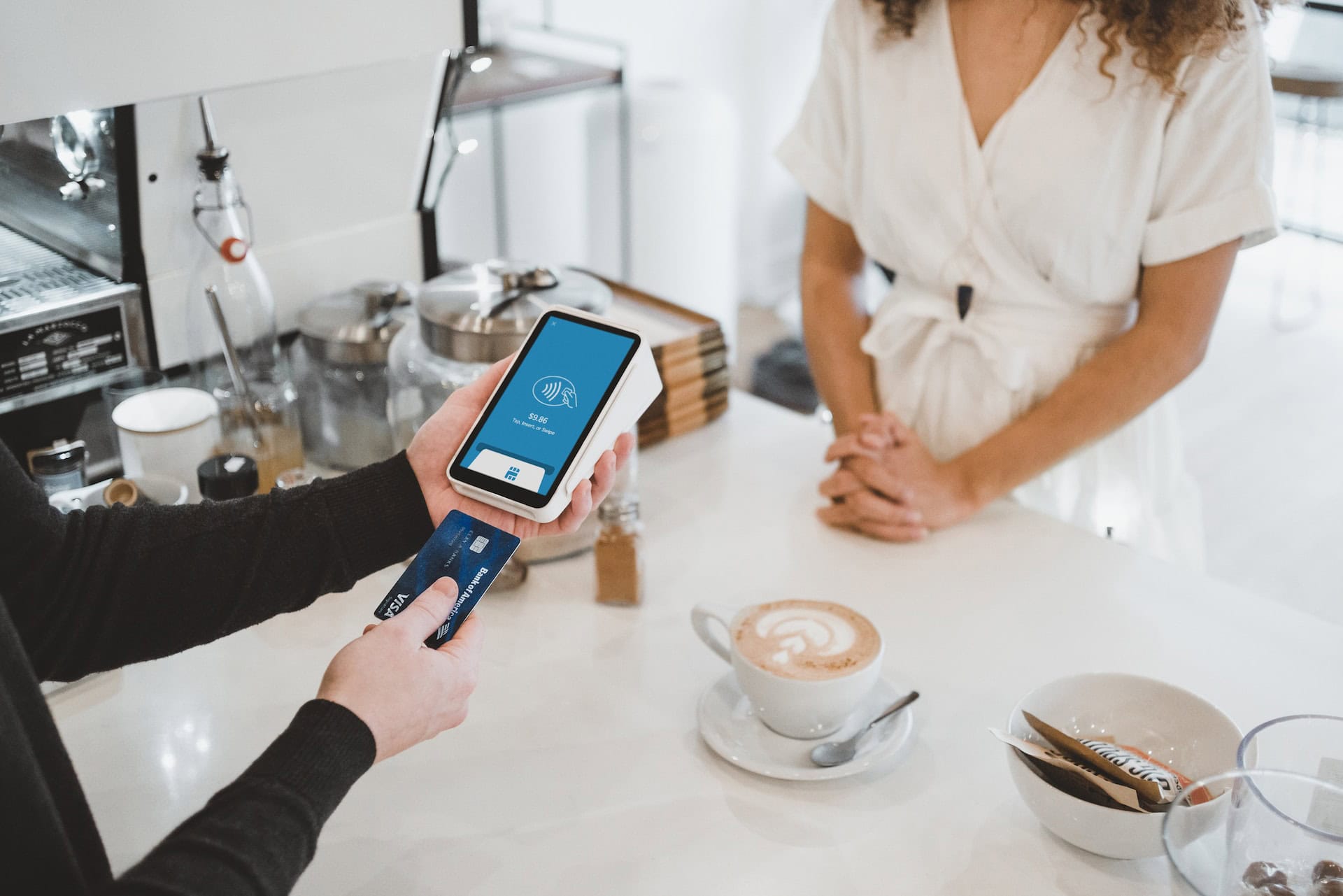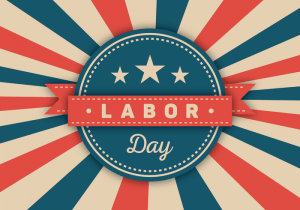Increase Retention and Revenue: A Comprehensive Guide to Restaurant Loyalty Program
Loyalty programs can improve brand recognition and increase sales. In fact, improving customer retention by just 5% can increase profits by up to 25%-95%, according to research by Frederick Reichheld of Bain & Company.
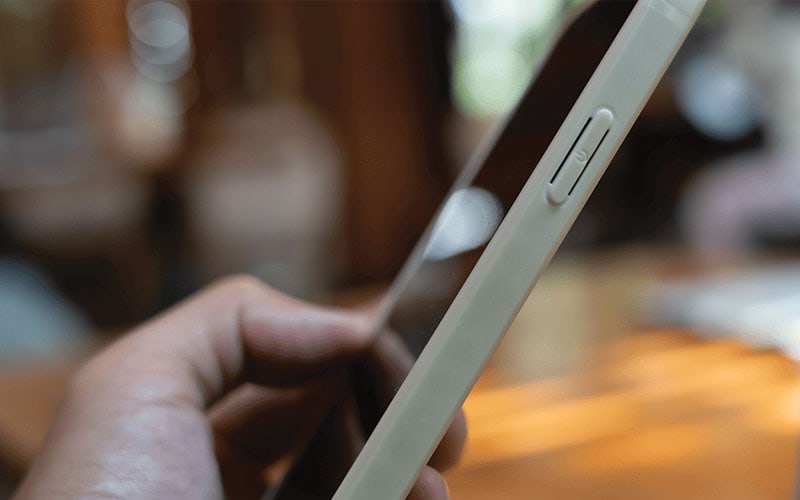
Implementing a restaurant loyalty program fosters customer loyalty, drives repeat business, and boosts revenue.
Businesses can effectively increase customer engagement and retention by creating a rewards program that aligns with customer preferences and using restaurant loyalty software to manage it.
Key Takeaways
- Loyalty programs boost customer retention and revenue.
- Understand your audience to create a personalized program.
- Promote, train, and update your program regularly for success.
- easure success with retention rates, purchase frequency, and engagement metrics.
- Monitor metrics like ROI and customer satisfaction to track effectiveness.
What is a Restaurant Loyalty Program?

A restaurant loyalty program is a marketing strategy designed to encourage customers to regularly return to a restaurant by offering incentives and rewards for their loyalty.
These programs involve customers signing up to become loyalty program members, after which they can earn loyalty points or rewards for every purchase.
Points are often accrued based on the dollar amount spent, with customers earning certain points for each dollar spent.
Once enough loyalty points are accumulated, customers can redeem them for free meals, discounts, or other exclusive offers.
Restaurant loyalty programs incentivize customers to choose a particular restaurant over competitors, increasing retention and repeat business.
Types of Loyalty Program
Points-based Loyalty Program
This is one of the most common types of restaurant loyalty programs. Customers earn points for every purchase, which can be redeemed for free meals, discounts, or merchandise.
Points-based programs are popular because they are easy to understand and track and provide a clear incentive for customers to return to the restaurant to earn more points.
Tiered Loyalty Program
This type of program offers different benefits or rewards based on a customer’s loyalty or spending levels.
Customers start at a basic level and can progress to higher tiers by earning more points or spending more money.
Each tier offers increasingly valuable rewards, such as exclusive discounts, priority seating, or personalized offers.
Subscription-based Loyalty Program
In this program, customers pay a recurring fee to become loyal members and receive ongoing benefits. These benefits can include discounts on meals, exclusive access to events, or special promotions.
Subscription-based programs create a sense of exclusivity and encourage customers to remain loyal to the restaurant so that they can continue receiving the benefits of their membership.
Value-based Loyalty Program
This program focuses on providing customers with added value for their loyalty. For example, customers may receive a free meal or dessert after making a certain number of purchases.
Value-based programs are straightforward and can effectively incentivize repeat business, as customers are motivated to earn rewards with each visit.
Benefits of Implementing a Loyalty Program
- Increased customer retention and reduced churn: Restaurant loyalty programs are designed to incentivize customers to return to a business, thus increasing retention rates. By offering rewards for repeat visits or purchases, businesses can build stronger relationships with their customers and reduce the likelihood of them switching to a competitor. For example, Starbucks’ Rewards program encourages customers to earn points for every purchase, increasing loyalty and reducing churn.
- Higher customer engagement: Customer loyalty programs can increase engagement by incentivizing customers to interact with the business more frequently. For example, offering bonus points for visiting during off-peak hours or participating in special promotions can keep customers engaged and interested in the business.
- Boost in sales and revenue: A well-designed customer loyalty program can increase sales and revenue. Businesses can increase their average transaction value by encouraging customers to spend more to earn rewards. Additionally, loyal customers are more likely to recommend the business to others, leading to new customer acquisition and further revenue growth.
- Enhanced customer experience and satisfaction: Loyalty programs can improve the overall customer experience by offering personalized offers and rewards. By understanding customer’s preferences and purchasing behavior, restaurants can tailor their loyalty programs to provide value and enhance satisfaction.
- Collection of valuable customer data and insights: Restaurant loyalty programs allow businesses to collect valuable customer data, including purchasing behavior, preferences, and demographics. This data can be used to understand customers’ needs and preferences better and tailor marketing efforts accordingly.
- Increase CLV (customer lifetime value): Customer loyalty programs can help increase each customer’s CLV by increasing customer retention and encouraging repeat business. CLV measures how much value a customer brings to a business throughout their relationship, and loyal customers tend to have a higher CLV than one-time purchasers.
- Turn customers into brand advocates: Loyal customers who are satisfied with a business’s products or services are likelier to recommend the business to others. By offering rewards for referrals or sharing their experiences on social media, businesses can turn loyal customers into brand advocates who help promote the business to a broader audience. Rewarding customers for their advocacy shows appreciation and incentivizes them to continue spreading positive word-of-mouth.
How to Create an Effective Restaurant Loyalty Rewards Program

1. Define Your Goals
Start by defining your loyalty program’s goals. Are you looking to increase retention, boost average spending, or attract new customers? Your goals will guide the design of your program.
2. Know Your Audience
You’ll need to know your audience inside and out in alignment with your goals. What motivates them? What are their pain points? Additionally, what is their current level of satisfaction or needs?
You can determine this information by creating a survey and receiving their feedback upon check-out or through data received by your restaurant’s point of sale system. When you understand your audience psychologically, you’ll have a stronger foundation to build a program designed for their needs.
3. Determine the Budget
Managing a restaurant within an allotted budget involves many moving steps.
But beyond immediate expenses like marketing, social media, supplies, and staff wages, consider your available budget to customize the program to your goals and ensure it operates within your financial means.
Doing so will create a program that satisfies your customers without causing additional stress.
4. Choose the Program
What kind of program do you envision for your restaurant? You may want to build a point-based system where customers earn points for each purchase.
You may also want a simple approach, like a punch card that allows your customers to accumulate stamps for each visit.
Consider the type of program you want to offer based on your customers’ feedback and needs, including your goals.
5. Select the Rewards
Now that you have the type of program, it’s time to fine-tune the details. What rewards will your customers receive?
You can offer discounts like 50% off on birthday meals, early bird specials, happy hour deals, wine club benefits, or exclusive access to holiday-themed events like a New Year’s Eve holiday party and menu.
For a boost of inspiration, Red Robins offers a birthday burger reward and the 10th item free just for joining. Birthday rewards like these delight customers and encourage them to celebrate their special day at the restaurant, fostering a deeper connection with the brand.
6. Specify the Rules
Next, establish clear rules for earning and redeeming rewards. For instance, you can apply the scarcity principle to increase demand, like Chili’s, which offers a free entree after 1,250 points within a 60-day window.
This principle gently pressures their customers to keep racking up points and continuing the cycle.
7. Promote Your Program
After all your effort in designing your program, you’ll want to ensure your customers know about it. Beyond marketing it on your website and social media platforms, offering a FREE incentive is one of the best ways to spread the word.
For example, train your staff to promote the program upon check-out and sweeten the deal by offering a free cocktail or coffee for signing up.
You can also partner with another business like the Dunkin Donuts and Shell relationship that provides 10 cents off per gallon after five drink purchases.
Or you can take advantage of one of our favorite techniques, the POS solution, and use existing customer data to market your offer and discover how to take your restaurant to the next level.
Organizing and safeguarding their data allows you to customize the incentives based on their needs and email or text them to promote the program. A good offer will be hard to resist, especially if they like your product.
8. Monitor and Analyze
Nothing is ever perfect or a success after the first round. Therefore, observe your program’s performance by tracking customer engagement, reward redemption, and asking for feedback.
You can even complete another survey to gather more data about their level of satisfaction and what you could do differently to make your program worth the hype.
Best Practices for Running a Successful Loyalty Program for Restaurants
Running a successful loyalty program requires more than just creating a program and hoping for the best.
Here are some best practices to follow:
- Promote Your Loyalty Program Effectively: Effective promotion is key to the success of your loyalty program. Use channels like in-store signage, online marketing, and social media to reach your customers. Communicate the benefits of joining your program and make it easy for customers to sign up. Use targeted messaging to appeal to different customer segments and encourage them to participate.
- Start Small and Build Up as You Go: Starting with a simple loyalty program allows you to test its effectiveness and gather customer feedback. As you learn more about what resonates with your audience, you can gradually add more features and rewards to enhance the program. This iterative approach allows you to refine your program over time and ensure it remains relevant and engaging for your customers.
- Train Your Staff to Encourage Sign-Ups and Usage: Your staff are your loyalty program’s frontline ambassadors. Train them to effectively communicate the program’s benefits to customers and encourage them to sign up. Provide them with the tools and knowledge they need to answer customer questions and promote the program in a positive light.
- Regularly Update and Refresh the Rewards: Keeping your rewards fresh and exciting is essential for maintaining customer interest in your loyalty program. Review your rewards offerings regularly and consider adding new rewards or promotions to keep customers engaged. Use customer feedback and performance data to identify the most popular rewards and adjust your offerings accordingly.
- Personalize the Experience Using Customer Data: Use the data you collect from your loyalty program to personalize your customers’ experiences. Tailor your communications and rewards based on their preferences, purchase history, and behavior. Reward customers with offers and incentives that align with their individual tastes and habits. This personalized approach can help build stronger relationships with your customers and increase their loyalty to your brand.
- Monitor and Analyze Program Performance: Regularly monitor your program’s performance to track its effectiveness and identify areas for improvement. Analyze key metrics such as customer engagement, redemption rates, and ROI to understand how well your program is performing. Use this data to make informed decisions about optimizing your program and maximizing its impact on your business.
Measuring the Success of Your Restaurant Loyalty Programs: The Key Metrics to Consider
Measuring the success of your loyalty program is crucial for determining its effectiveness and making informed decisions about its future. Here are some key metrics to consider when evaluating your program:
- Customer Retention Rate: This metric measures the percentage of customers who continue to patronize your restaurant over time. A high retention rate indicates that your loyalty program effectively keeps customers engaged and loyal to your brand.
- Average Purchase Frequency: This metric measures how often customers purchase at your restaurant. A higher average purchase frequency indicates that your loyalty program encourages customers to return more frequently.
- Average Order Value: This metric measures the average amount that customers spend per transaction. A higher average order value indicates that your loyalty program encourages customers to spend more each time they visit.
- Redemption Rate: This metric measures the percentage of rewards that customers redeem. A high redemption rate indicates that your rewards appeal to customers and motivate them to participate in the program.
- Customer Lifetime Value (CLV): This metric measures the total value a customer brings to your business over the entire duration of their relationship with you. A higher CLV indicates that your loyalty program successfully maximizes each customer’s value.
- Program Engagement: This metric measures how actively customers participate in your loyalty program. It can include metrics such as the number of new sign-ups, the number of points earned, and the number of rewards redeemed.
- Return on Investment (ROI): This metric measures the financial return on your loyalty program compared to its cost. A positive ROI indicates that your program generates value for your business.
- Customer Satisfaction and Net Promoter Score (NPS): These metrics measure how satisfied your customers are with your restaurant and how likely they are to recommend it to others. A high NPS and customer satisfaction score indicate that your program positively impacts customer perception.
Ready To Set Up Your Restaurant Loyalty Program?
Remember, the restaurant and food service industry is evolving quickly. It’s important to stay on top of the trends to compete with fast-growing chains and specialty restaurants that are winning their customers’ interests.
By learning how to set up a loyalty program for your restaurant and creating a point-of-sale system that delivers better customer service and allows you to streamline orders, advertise your program, speed up transactions, reduce errors, and offer versatile payment options, your customers will remain loyal.
However, if you feel overwhelmed by the steps and details, book a demonstration to protect your business’s long-term sustainability with our POS system solutions.





